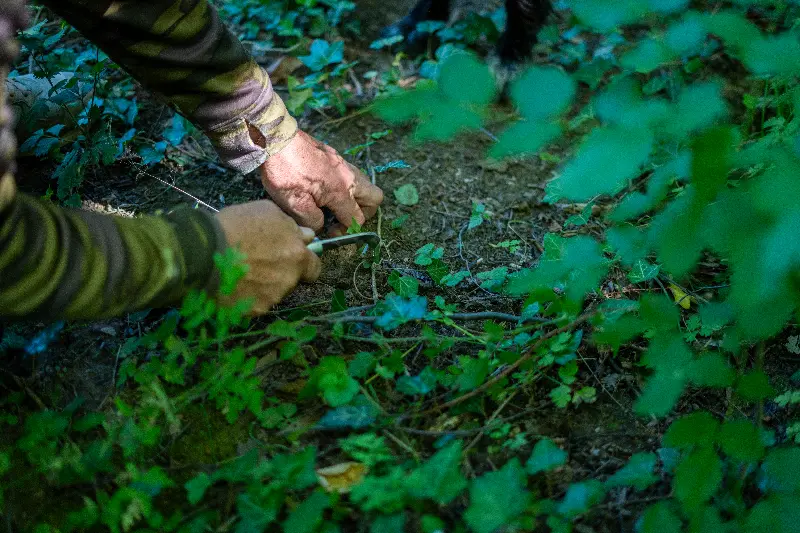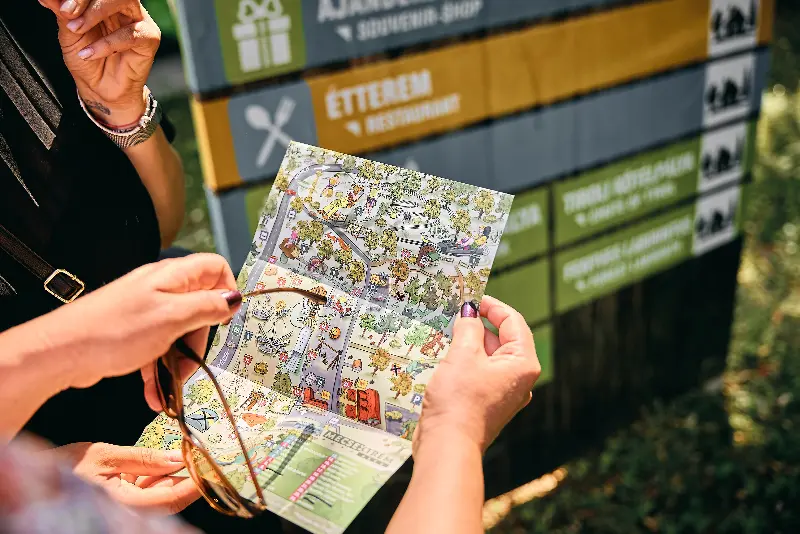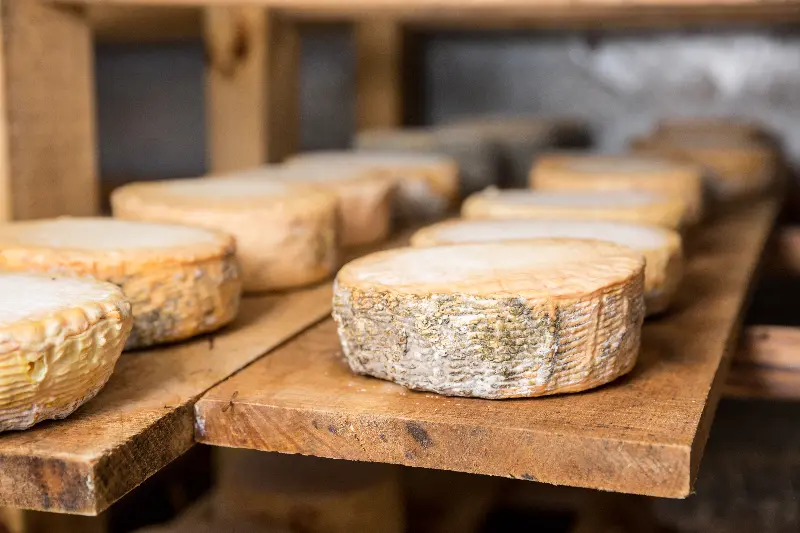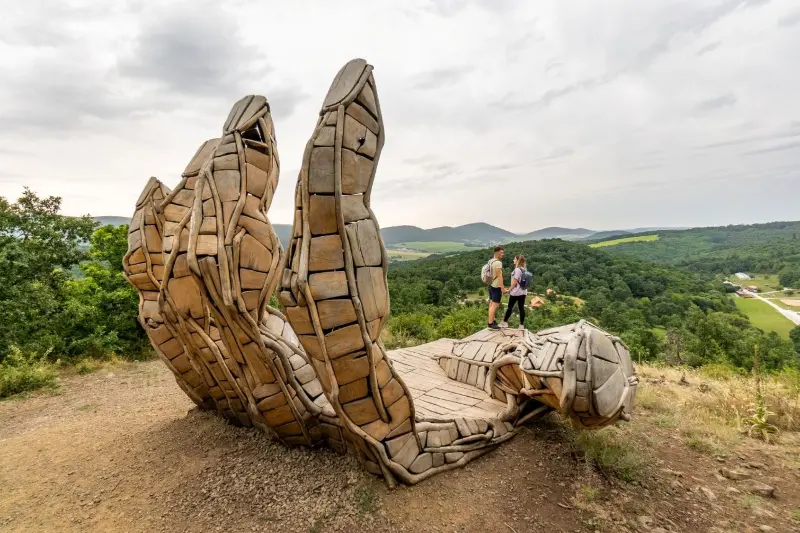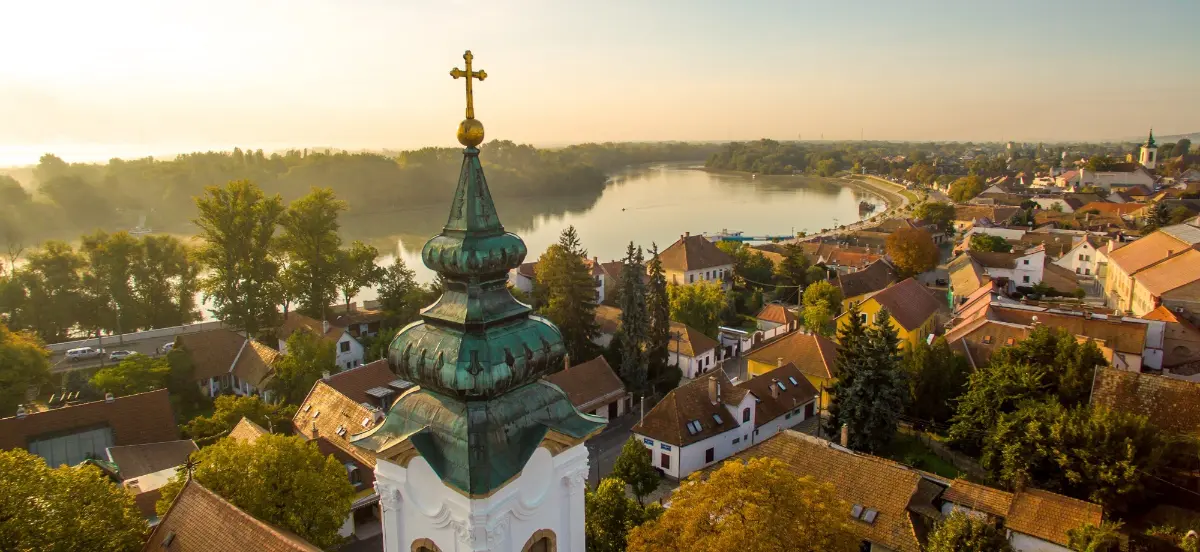
Helyszín címkék:
Marzipan and cobblestones, country house, picture gallery, sleigh bell (- or the thousand faceted city of Szentendre)
Francisck Réka Alíz
The city at the gateway to the Danube bend has a relaxing, Mediterranean atmosphere and is magical in all seasons. The town’s distinctive 18th-century atmosphere can still be enjoyed today, with its cobbled squares, colourful Baroque town houses, narrow streets, graceful churches, pleasant cafés and restaurants.

The Szamos or the Danube?
Szentendre is literally a sweet place! This is the hometown of Szamos: there is a marzipan museum, a chocolate shop and heavenly ice creams. The banks of the Danube are stunningly scenic, and if you get tired, you can relax on one of the many terraces. According to some sources, coffee drinking in Szentendre was already a fashionable habit before Vienna had even heard of this strong black, let alone had a cult of Viennese coffee drinking. Today, there are still countless cafés of all styles and sizes.

The red wine of Szentendre was so famous in the 18th and 19th centuries that there was no European country where it was not consumed. It is worth sitting down in a restaurant, asking for a glass of local wine and soaking up the history! We heartily recommend, for example, the Dalmatian Donkey Bistro, a few hundred metres from the Danube – the name of the restaurant refers to the oldest part of the city, Donkey Hill, rather than to the specialities of Croatian cuisine. Our culinary tour can also take you to A Sonkás (Ham Shop), or to the country’s first private restaurant, the Aranysárkány (Golden Dragon), opened in 1977. Away from the main square, on the banks of a small stream, on the site of an old watermill, you can also taste the thin crust pizzas of Szabi, the baker, at the Panificio il Basilico restaurant.
And speaking of history
The ancient city centre was also shaped by the influx of Serbian Orthodox Christian refugees who arrived during the Turkish invasions and later fled the fighting in the Balkans. At the beginning of the 2nd century, the Romans built a defensive fortification around the town, and this fortified military camp was called Ulsica Castra, which became the first known name of the town. Later, the town was named after the patron saint of the parish church, St. Andrew (St. Endre) the Apostle. Thanks to the historical atmosphere of the streets, the artistic life of the town and the Szentendre Open-Air Ethnographic Museum, the town had already undergone significant changes before the turn of the millennium, and in 1980, the town was awarded the János Hild Prize for its urban development and preservation of traditions.

Folklore at a high level
If you want to explore the landscapes of our country in a short time or learn more about our ethnography, the Szentendre Open-Air Ethnographic Museum (better known as Skanzen), founded in 1967, is open almost all year round. On the west side of Szentendre, in a wooded area near the Lajos spring, on an area of about 46 hectares, it presents the culture, folk customs, art and architecture of the regions of our country. From the end of the 18th century until the middle of the 20th century, we can take a look at the way of life of the people of the villages and the countryside.

A nest of artists
Szentendre is often referred to as the “city of living art”: the town inspired many famous Hungarian artists in the 1920’s, so today almost every second building has a picture gallery, gallery, craft shop or museum. One example is the Kovács family, who have been working with indigo since 1878 and sell only blue handicraft products in their shop. Another prime example is the Hubay House, where it is literally Christmas every day of the year: their private collection of more than 5,000 pieces includes unique Christmas ornaments, greeting cards and holiday decorations from small manufactories, dating back 200 years to the present day.
Other recreational facilities nearby
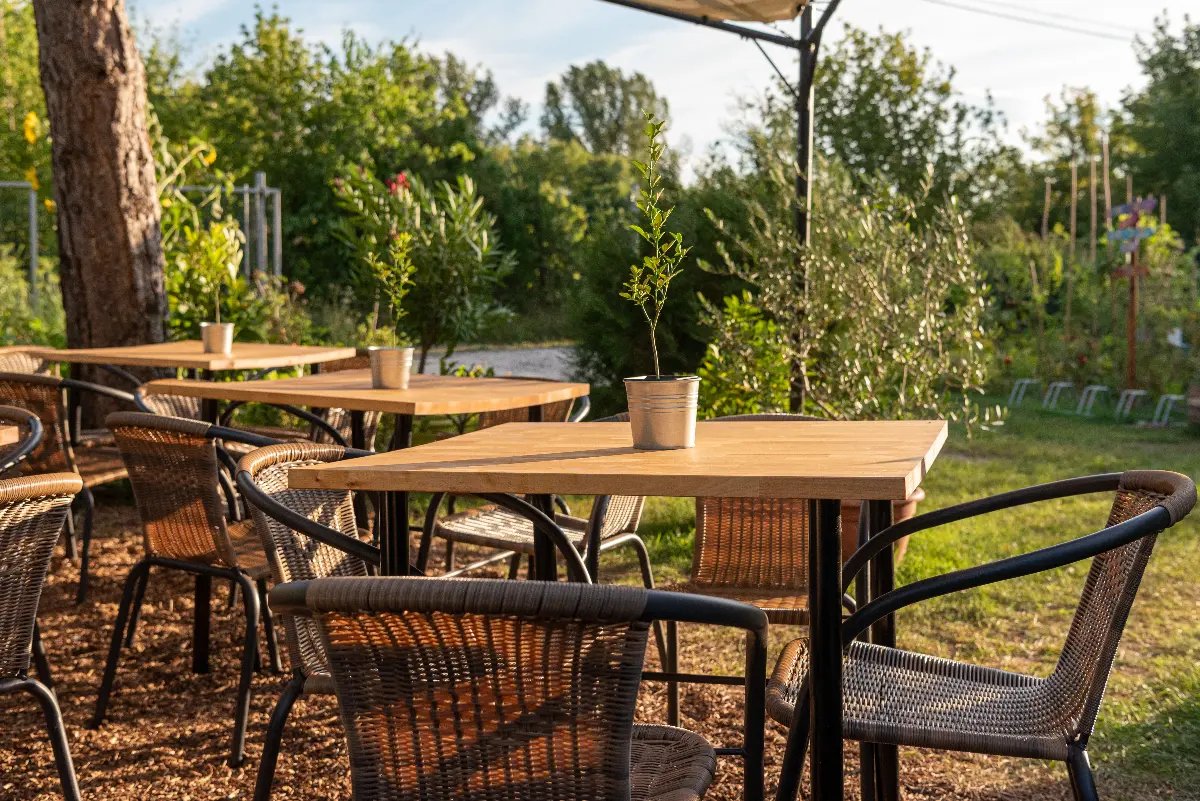
One of the most peaceful forms of hunting, truffle hunting can be an adventurous pastime from June to February, the truffle season, and the tour starts from Hotel Silvanus. The growing area is a one- to two-hour walk from the hotel, and the search is aided by trained dogs with an extraordinary sense of smell that can sniff out underground treasures. Experienced guides will be happy to show you the tricks of successful truffle hunting. With a bit of luck, you are unlikely to return home empty-handed, so the visitor has no choice but to return home and enjoy a tasty meal. If you are hungry for vegetables instead of mushrooms (because mushrooms aren’t vegetables, they don’t even qualify as plants), it’s worth a detour to Szentendrei Island, where Patrícia Török and Gábor Horváth, aka the Chef and the Gardener, are waiting for you for a garden visit, a cooking experience or “just” a little tasting. You can also find their delicacies at the nearby Rosinante restaurant.
